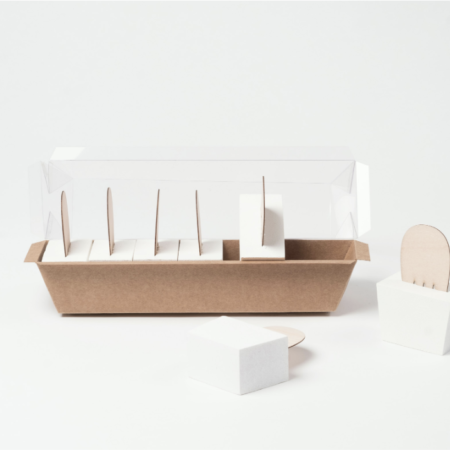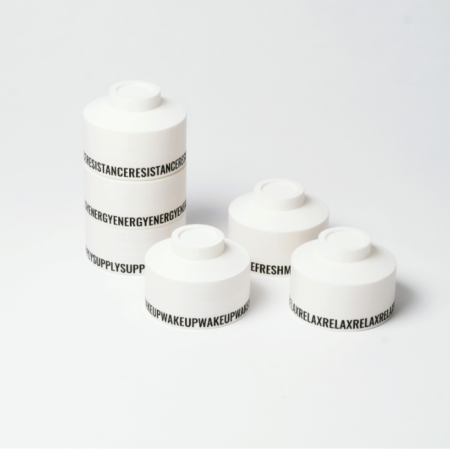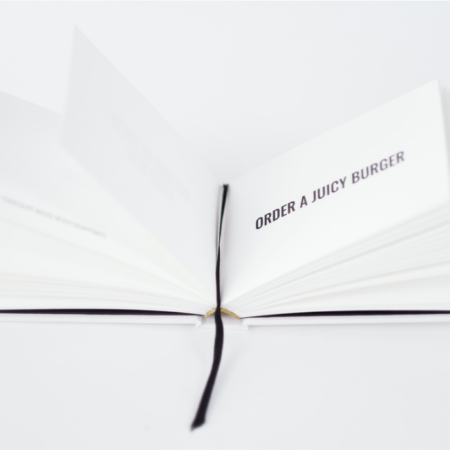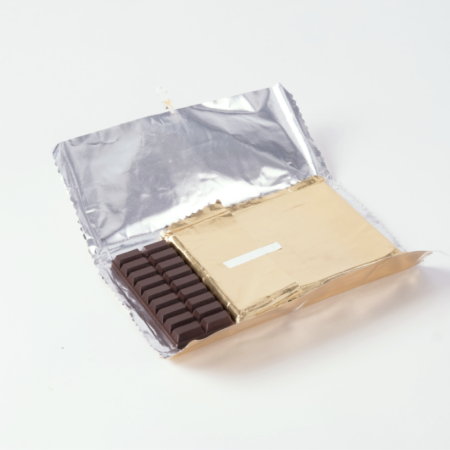Tackling comfort food
Project by Leonie Houwen
Supervised by Pieter Desmet and Rick Schifferstein
Many people tend to consume specific foods when they are in negative moods, such as when they feel sad, bored, irritated or angry, and these foods are consumed in an attempt to find comfort. However, the majority of these so-called comfort foods (e.g., chocolate, ice cream, crisps or pizza) typically contain large amounts of relatively unhealthy components, such as sugar, fat, or salt (e.g., Wansink, Cheney, & Chan, 2003).
Leonie Houwen wanted to change the interactions people have with food products when they are in a bad mood, in a way that they would still feel supported, but that the interaction would not have such a potentially detrimental effect on their physical health status. She interviewed twelve people focusing on their eating habits when experiencing eight specific moods, varying in valence (positive – negative) and arousal level (low – high): bored, sad, tense, irritated, excited, cheerful, relaxed, calm. The interviews focused on the types of food they would consume, the way they ate, and the context in which the food was consumed. These interviews showed that people had different food preferences and eating habits in each of these moods. Even within a single mood, individuals could act differently and use food in different ways to regulate their mood. This variety of strategies were transformed into three food roles per nuanced mood.

We decided to develop concepts addressing the three food roles for two different moods: sad/gloomy and tense/nervous. We chose sad/gloomy because most of our respondents could relate to this mood or empathize with it. Tense/nervous was chosen, because it was also a negative mood, but with another energy level. In addition, many respondents reported having felt tense/nervous, also over longer periods of time. For each of the six roles, a context scenario was created that served as the design context in the home environment. Each scenario was based on the stories the participants had shared during the interviews. For sad/gloomy, the scenarios describe the role of food as a treat, medicine, or headache. For tense/nervous, the food serves as a break, fuel or necessity. Both moods contain one scenario that tries to seek distraction (treat, break), one that tries to restore balance (medicine, fuel), and one where people do not really deal with the mood, but tend to surrender to it (headache, necessity).
One of the scenarios is given here: “When I have an off-day, I often have an instant craving for something sweet. During my daily grocery shopping I definitely make a stop at the chocolate shelf and consider the variety of options. After some consideration I take one bar, together with the other groceries, to the check out. Once at home, the first thing I take from the shopping bag is the chocolate bar. I take a bite right away while I store the rest of the groceries. When done, I make myself a cup of tea and move myself together with the chocolate and a magazine to the table and take a comfortable position. While reading, I continue breaking off pieces of chocolate, until the bar is almost finished. Then I realize I finished almost all of it on my own and put the rest back in the wrapper and put it away.”

The goal when designing for these moods is to support the chosen mood regulation strategy, without criticizing people’s behavior or force them into doing something they do not want to do. Instead, we would like them to embrace the chosen strategy and its qualities, which intends to provide comfort, even if it works only on the short term. We would like to strengthen its effect by eliminating negative side effects or by making the chosen strategy as effective as possible, without steering too much. Any concept should respect the current situation and the chosen strategy, without judging or punishing people for the way they feel or the way they act. In this way, the concepts are somewhat poetic interpretations of the research insights. Eventually, Leonie created six product concepts that help people reflect on their own eating behavior when they are in a certain mood. These designs were intended to open up discussion about their experiences and to make these experiences more tangible.
One of the concepts is shown here: The Chocolate Matruschka that matches with the ‘Food as a Treat’ role: “A chocolate bar that you can keep unwrapping. Every part is a bar on its own. When you do decide to put back a part of it, next time you will always find a complete bar and not some sad tiny leftovers which you are tempting to finish. If you do decide to open a new bar, it again gives you the same joy, like a small celebration. You unwrap and start eating a new bar, not like you already finished half of it. It is a chocolate bar that makes you feel good, in any case.”






References
Wansink, B., Cheney, M. M., & Chan, N. (2003). Exploring comfort food preferences across age and gender. Physiology & Behavior, 79(4), 739-747.
Want to read more about this project?
Download Leonie’s report
